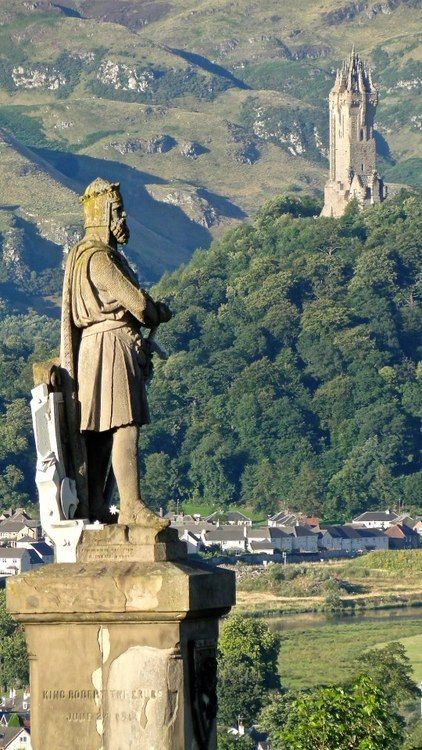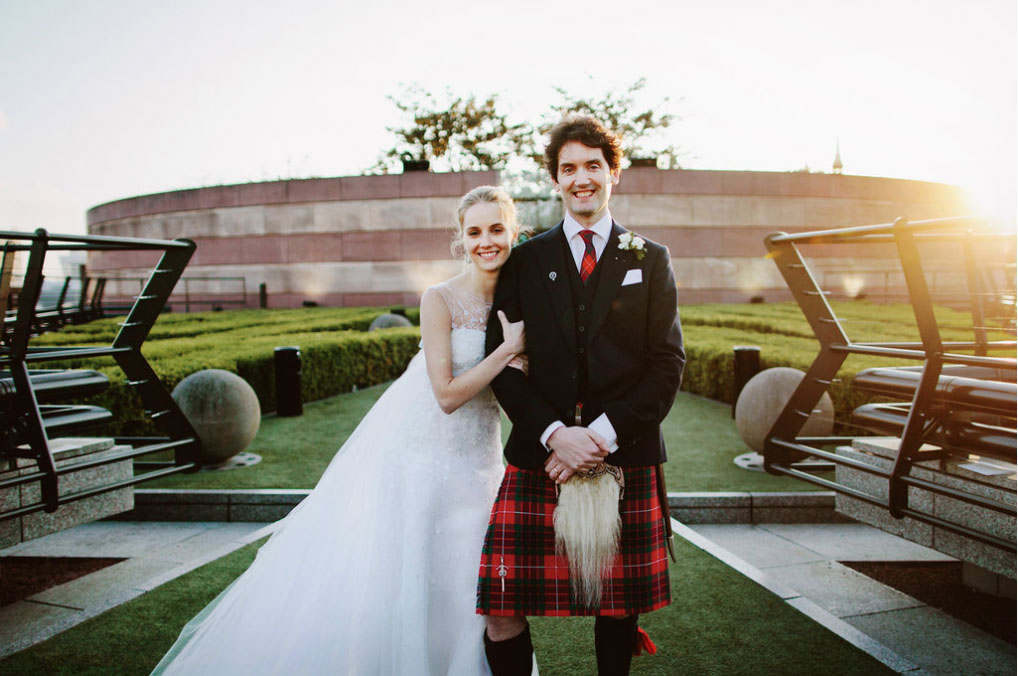
Heraldic Title: Sir Simon of Oliver and Neidpath, Knight Baronet
Sir Simon Fraser the Patriot. Fought against the English at Dunbar 1296, was captured and only released to fight for the English in France. He rose against the English 1303, supported William Wallace, joined The Bruce, but was captured at Methven 1306 and put to death in London with great cruelty the same year. Sir Simon saved The Bruce’s life 3 times in one day which is said to be why there are 3 crowns in the Fraser of Lovat coat of arms.
Sir Simon was not chief of Clan Fraser of Lovat as evidenced in the family tree, but a common ancestor of both the highland Frasers of Lovat and the lowland Frasers of Philorth.

Heraldic Title: 11th Lord Lovat
Gaelic Title: 18th MacShimi
Simon the Fox. The notorious 11th Lord Lovat and last of the great ancient highland chiefs, finally beheaded at the Tower of London in 1747 for his second conviction of high treason.
Many spectators died while watching his beheading as a wooden stand collapsed onto them, and Lovat was still chuckling at the irony as the axe came down. This is where the expression “laughing your head off” comes from.

Heraldic Title: 16th Lord Lovat
Gaelic Title: 23rd MacShimi

Heraldic Title: 17th Lord Lovat
Gaelic Title: 24th MacShimi
Shimi Lovat. The 17th Lord Lovat and hugely decorated world war II hero who famously led the Commando 4 brigade onto the beaches on D-Day, 1945, accompanied by his own private piper to secure Pegasus Bridge on the left hand bridge head of the invasion. Churchill described him as the handsomest man to slit a throat, and Hitler had 100k marks on his head, dead or alive.

Heraldic Title: 18th Lord Lovat
Gaelic Title: 25th MacShimi
Simon is the current Chief. He was educated at Harrow School and Edinburgh University, after which he went into finance as a fund manager in the commodity sector. He got married in 2016 to Petra, and in 2018 moved to Beauly to take on the Lovat Estates.
Simon became Clan Chief at the age of 18 on the death of his grandfather, Shimi Lovat. Later that year death duties forced the family to sell the clan seat, Beaufort Castle. Since then, whenever possible, he has been buying back Fraser lands.
He also strongly believes in supporting the global interest in Clan Fraser of Lovat with its rich history stretching back 700 years, and supports all Clan organisations around the world dedicated to spreading this heritage.

The clan system was unique to the highlands until the Heritable Jurisdictions Act of 1746 removed the feudal authority the Clan Chieftains had once enjoyed.
There is confusion because the term ‘clan’ can also be used to describe a lowland family, despite them not having any Gaelic history nor living under the clan system. This is explained well by Wikipedia in their The Lowland Families section. Furthermore, not until the 19th century did the Lowland families identify themselves by specific tartans, or wear the kilt or play the Great Highland Pipes.
There is particular confusion in the case of the Frasers because the senior line, the Frasers of Philorth family, are lowlanders. As the 18th Lord Saltoun states, the Philorth Frasers “had nothing to do with the origin or formation of the Highland Clan, and never belonged to it”. Wikipedia sums it up well when they say “In other words, the Frasers of Philorth never belonged to the Gaelic, Highland Clan Fraser”.
The current Lady Saltoun’s web site accurately explains this saying “The Frasers of Philorth, Lords Saltoun, being the senior line, are Chiefs of the name of Fraser, although a lowland family. Lord Lovat is Chief of the very numerous Highland Clan Fraser of Lovat, based in Inverness-shire.”
To conclude, confusion only arises when lowland families are described as Clans in the original, Gaelic, highland sense.